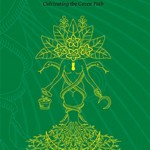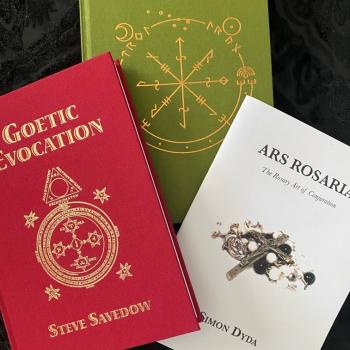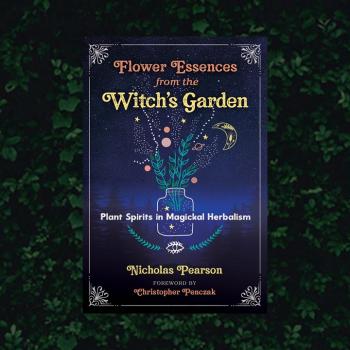The Witches’ Ointment: The Secret History of Psychedelic Magic, by Thomas Hatsis
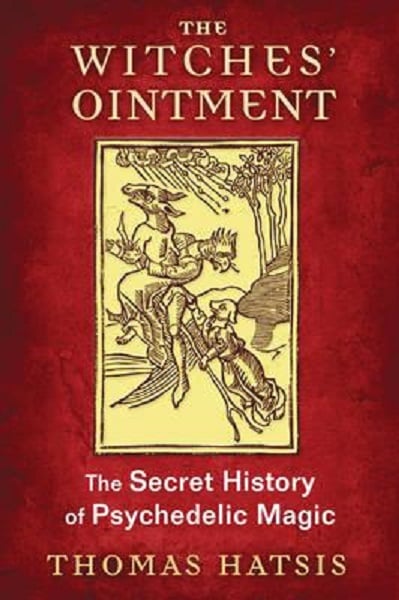
A well-researched synthesis of obscure materials dating back 500yrs
This original work explores the concept of the witches’ ointment which is central to the understanding of European witchcraft. The witches’ ointment, or unguentum lamiarum, has shown up in various forms throughout human history. It is the medieval witches’ flying ointment that is of particular interest, and Hatsis has painstakingly pieced together information from various primary sources in a way that paints a cohesive picture of the sordid history of this magical ointment. Hatsis constructs the history of the unguentum lamiarum beginning in antiquity, tracing its winding path through medieval and Renaissance Europe. Ten years of dedicated archival research finally pays off giving us one of the first works of its kind, a complete look at the history of this topic. The book contains first-time translations of medieval manuscripts and recipes that have been lost for hundreds of years.
A Twisted History to a Twisted Path
The practices of wise women and those men formally trained in medicine and endorsed by the Church, shared much of the same knowledge and used many of the same tools including salves and ointments containing solanaceous plants. The difference being, that women were unable to obtain the necessary credentials from a university, and therefore practiced medicine outside of the scope of the Church. Hatsis shows how women were suppressed and demonized by the patriarchal societies that they were an integral part of. By demonizing their practices they were able to discredit and prosecute these folk practitioners who were often the only source of medical care for the common people. Throughout this book the reader will see how the stereotype of the witch is constructed, and how this stereotype was used as a political and religious weapon. The witches’ ointment is a central theme in many of the trial accounts throughout Europe. The ointment itself became a symbol of diabolic witchcraft.
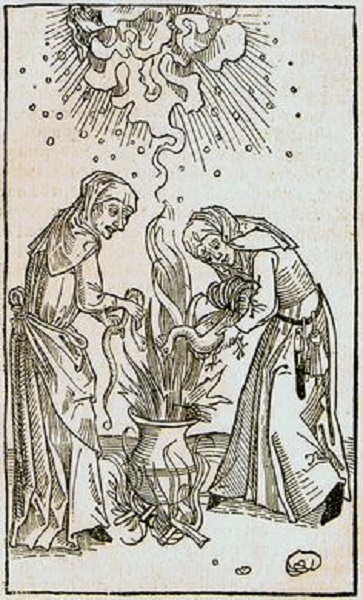
A lot of the trial records contain stereotypical fabrications in regards to some of the more specific details surrounding the preparation and use of these ointments. Later records from Renaissance and modern scholars would provide details after a thorough investigation of the entheogens used in these ointments. The use of these ointments for various medical purposes was widespread, and not considered heretical unless used to worship another deity or spirit. Throughout this book one can see how the once tolerated traditions of the common people would become a threatening target that would be persecuted by the elite.
This has got to be one of the most detailed and in depth resources for the topic of the witches’ ointment. Hatsis has provided us with so much historical information, and presented it coherently in a single resource. Each page is packed with well-researched historical data; as Hatsis outlines some of the more infamous trial records. His analysis separates authentic accounts from those that contain the bias of the Church presenting both side-by-side for comparison. The book follows the trial of Matteucia di Francesco, who was likely the first person to be tried and condemned for the use of a flying ointment to meet with her pagan gods. The trial accounts of Matteucia provide us with some of the most detailed, first-hand accounts of this obscure practice. Important details surrounding the actual preparation and use of these ointments are often left out or over exaggerated by Church propaganda, but here we have a few examples of accounts with much more description.
Hatsis uses these early trial records and various woodcut illustrations that demonstrate the earliest ideas of what heretical practices actually were, and how these ideas were transformed into the concept of the Satanic witch. The study of witches’ ointments is a central part of traditional witchcraft that draws on many elements of the medieval witches’ Sabbath. Since these ointments contain the baneful plants of the Devil’s Garden; research into this area is a large part of the Poison Path because of the use of entheogenic substances for spiritual congress and gnosis.
I would definitely recommend this books to anyone interested in flying ointments, poisonous plants, and sabbatic witchcraft. Hatsis delivers a plethora of new information, and fresh ideas. More information about his research can be found on his website here:
There is also a great video of Hatsis doing a group discussion on the book at Blazing Star O.T.O in Los Angeles. It can be seen here:


